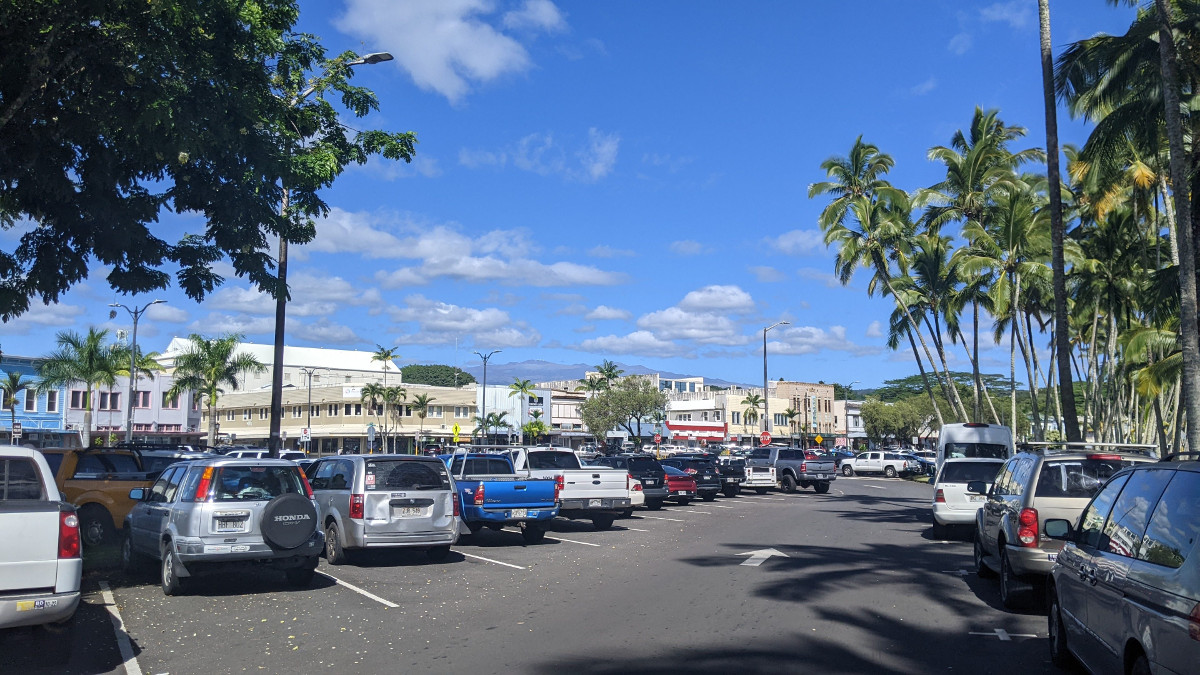UPDATE – (Friday, September 23)
- High inflation, higher travel costs and the Fed’s interest rate hikes will still adversely impact the economic outlook for Hawaiʻi, according to the University of Hawaiʻi Economic Research Organization.
From a UHERO news release:
A new forecast by the University of Hawaiʻi Economic Research Organization (UHERO) reveals a darker economic horizon for the state since its last forecast in May, due to the global economy slowing sharply, and the U.S. heading for a mild recession in the first half of next year.
Hawaiʻi may escape overall net job losses, thanks to the recovery of visitor travel from Japan, which is now underway. But high inflation, higher travel costs and the Fed’s interest rate hikes will still adversely impact Hawaiʻi households and businesses.
Highlights of the September 23 report:
The global outlook has worsened significantly since the last report. Persistently high inflation is causing central banks to raise interest rates more sharply than expected. Russia’s war with Ukraine has inflicted an energy crisis on Europe, which is now clearly headed for recession. China’s economy continues to suffer from its zero-COVID policy. Global growth has slowed to about 3% this year and will soften further in 2023.
The U.S. is not yet in a recession, but one is anticipated in 2023. In the face of 8%-plus inflation, the Fed will make additional large interest rate hikes, sharply reducing spending. High mortgage rates have already caused a downturn in the national housing market, and high inflation is eating into household budgets. While labor markets remain tight for now, U.S. growth is expected to manage just 0.3% next year.
COVID-19 has receded as a critical economic risk. The U.S. population has largely returned to business as usual. Barring an unexpectedly virulent resurgence, the biggest remaining concerns are the labor force impacts of long COVID and ongoing shutdowns in China.
Hawaiʻi’s visitor industry continues to make recovery progress. The international visitor market has made significant strides, adding to strong domestic travel. Japanese visitors are finally returning to the islands, even as a weak yen and high costs weigh on their vacation spending. The timing of Hawaiʻi’s international tourism recovery will provide a much-needed lift as growth in other sectors slows in 2023.
Although the Hawaiʻi labor market is tight, with unemployment just over 4%, the number of payroll jobs remains below pre-pandemic levels. The ongoing visitor industry recovery will support job gains in tourism-related areas next year, while many other sectors experience weakness. Aggregate job growth will slow from more than 5% this year to 1.7% in 2023.
Inflation in Hawaiʻi is running lower than on the continental U.S., but it is nevertheless inflicting pain on Hawaiʻi households and businesses. Nominal wage gains are not keeping up with rising prices. Together with the ending of pandemic-era federal support programs, this is dragging down real (inflation-adjusted) income. Total real income from all sources will drop more than 5% for this year as a whole and manage just over 1% growth in 2023, before firming.
Cost pressures will continue to challenge the construction sector in 2023. But despite a small pullback in employment this year, the industry will sustain a high level of activity, with key support from several very large public-sector projects that are currently in the engineering and design phase.
UHERO forecasts that while Hawaiʻi will likely escape an outright contraction in economic activity, it will still be adversely affected by softer global conditions, further interest rate hikes and temporarily high inflation. Significant downside risks exist, given the perilous path facing the U.S. and global economies.
UHERO is housed in UH Mānoa’s College of Social Sciences.


by Big Island Video News6:47 am
on at
STORY SUMMARY
HAWAIʻI - Forecasters believe the U.S. is heading for a mild recession in the first half of next year, and examine how that will impact the Hawaiʻi economy.